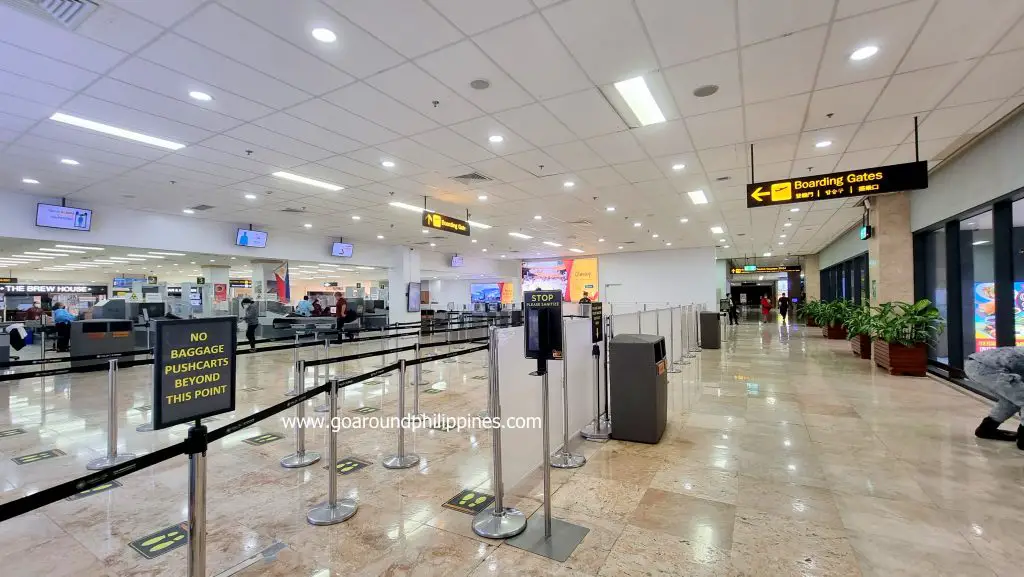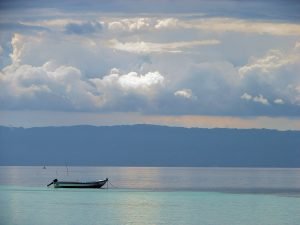Flying to the Philippines can be an exciting experience, as the country is known for its beautiful landscapes, vibrant culture, and warm hospitality. It can also be a confusing experience as the country has more than one entry point. Whether you’re a tourist or visiting for business, we’ve listed down some important things to know about flying to the Philippines.
My favourite airports to fly in are Clark International Airport or Mactan Cebu International Airport. Try to see if you can find flights in and out of those airports so have a more pleasurable arrival experience.
Angie
Flying to the Philippines : Which Airport to arrive and depart?
The main international gateway to the Philippines is Ninoy Aquino International Airport (NAIA) in Manila. Other major international airports include Mactan-Cebu International Airport in Cebu, and Clark International Airport in Pampanga. Domestic flights are well-connected, serving popular tourist destinations like Boracay, Palawan, and Bohol. Below are the top 3 key airports you can fly into the Philippines.
Ninoy Aquino International Airport (NAIA) – Manila
Flying to the Philippines means arriving at the NAIA International Airport. As the premier international gateway, NAIA connects the Philippines to the world. It consists of four terminals and handles a significant portion of international and domestic flights, making it a pivotal hub for travelers. Find the best hotels to stay near Manila airports here.
Mactan-Cebu International Airport – Cebu
Serving as the primary gateway to the Visayas region, this modern airport offers a convenient entry point for those exploring Cebu’s pristine beaches, historical sites, and vibrant urban life. Read our ultimate guide to Mactan-Cebu International Airport.
Clark International Airport – Pampanga:
Situated north of Manila, this airport caters to both domestic and international flights. Its strategic location provides easy access to destinations in Central and Northern Luzon.
Visa and Entry Requirements
Depending on your nationality, you may need a visa to enter the Philippines. Some countries are granted visa-free entry for a certain period (usually 30 days), while others may require a visa issued before arrival. It’s important to check the latest visa requirements from the Philippine embassy or consulate in your country.
Read: How to Visit the Philippines: Visa and Entry Requirements (2023)
Upon arrival, you’ll need a valid passport with at least six months validity from your date of departure. Make sure to have a return or onward ticket, as immigration officials may ask for proof of your intended departure from the Philippines.

Currency in the Philippines
The currency used in the Philippines is the Philippine Peso (PHP). It’s advisable to exchange some currency at the airport or local banks for your initial expenses. Credit and debit cards are widely accepted in urban areas, but it’s a good idea to have some cash for smaller establishments and rural areas.
Language and Communication
English is widely spoken and understood in the Philippines, making it relatively easy for English-speaking travelers to communicate.
Climate and Seasons in the Philippines
The Philippines has a tropical climate with two main seasons: the dry season (November to April) and the wet season (May to October). Depending on your preference, you can plan your trip around these seasons. The wet season often brings heavy rains and typhoons.
Read: When is the best time to visit the Philippines?
Local Customs and Etiquette
The Philippines is known for its friendly and hospitable people. It’s customary to greet with a smile and use “po” and “opo” to show respect. When visiting someone’s home, it’s polite to bring a small gift. Public displays of affection are generally modest, and it’s important to respect local customs and traditions.
Transportation in the Philippines
The Philippines has various modes of transportation, including jeepneys, tricycles, taxis, and buses. In major cities, ride-sharing services like Grab are also available. For inter-island travel, domestic flights and ferries are common. Book your travels around the Philippines here.
Safety in the Philippines
While the Philippines is a generally safe destination, it’s always advisable to take standard precautions. Be cautious with your belongings, avoid isolated areas at night, and stay updated on local news and advisories.
Remember that travel information can change, so it’s a good idea to double-check with relevant authorities or official sources before your trip. Enjoy your visit to the Philippines and take the time to explore its stunning natural beauty and rich cultural heritage!
Don’t know where to stay in the Philippines? Book your hotel here.
Did we miss anything else? Let us know in the comments!
| GO AROUND PHILIPPINES USEFUL TIPS AND LINKS |
|---|
| BOOK YOUR FLIGHTS To travel around the Philippines, there are 3 local commercial airlines. Cebu Pacific Air, AirAsia and Philippine Airlines. Smaller airlines called AirSwift (El Nido, Boracay) and Royal Air also fly to limited destinations. Book your local flights here. For international flights, I found Kiwi and Trip.com have cheaper flight options to the Philippines. |
| BOOK YOUR ACCOMMODATION There are many choices of hotels, hostels, apartments and guesthouses to stay in the Philippines. Book through AGODA for the cheapest options and Booking.com. I also use Hotelscombined to see all prices from different websites to choose from. |
| BOOK YOUR BUS/FERRY/VAN/CAR The Philippines can be difficult to go around because many buses, ferries and even private vehicles are offline. The best websites to book them are through Bookaway.com and 12GoAsia – they have many partners in different destinations and you can purchase tickets online. Car rentals are also available for you to choose from here. |
| BOOK YOUR PACKAGE TOURS If you don’t know where to go and just want a hassle free trip to the Philippines, you can find package trips to different destinations with Klook – I recommend them for local tours and activities or Get Your Guide. |
| DON’T FORGET YOUR TRAVEL INSURANCE |
| It is very important to be safe and ready whenever accidents happen, especially in the Philippines where some places don’t have quality hospitals and clinics. I use Safety Wings for whenever I travel in the Philippines or abroad. |
| Have you got any questions about traveling to the Philippines? Join our Philippines Travel Planning FB Page to get your answers. Don’t know how to start planning your Philippines trip? You can start here. |

Angie is a travel consultant and blogger who has started by writing her travel memoirs on her blog and then got published on international travel sites. She’s now focused on creating in-depth travel itinerary and articles about planning trips to the Philippines.




